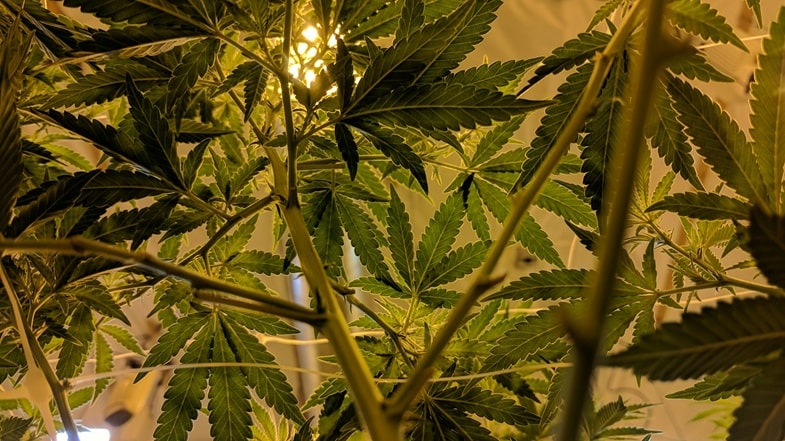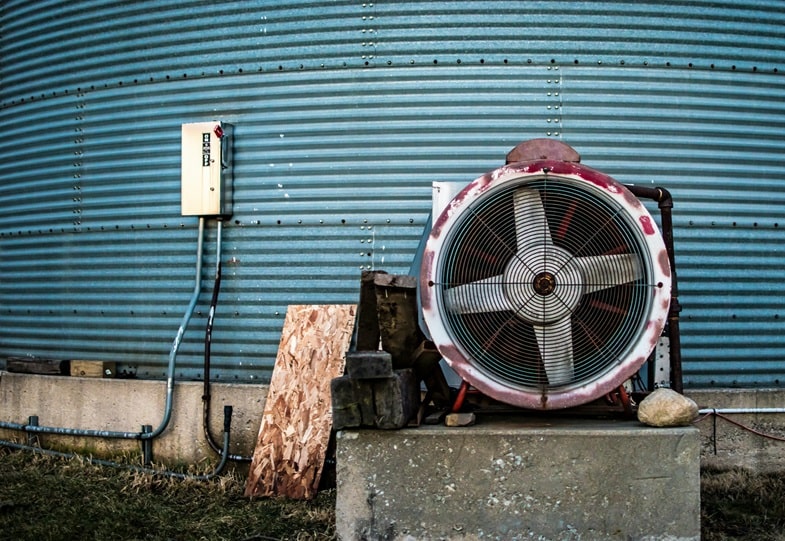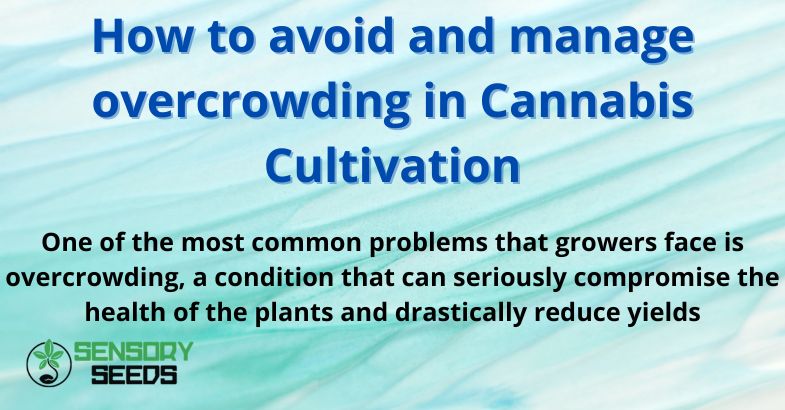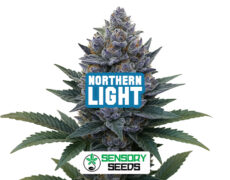Published on: 23/01/2025
One of the most common problems that growers face is overcrowding, a condition that can seriously compromise the health of the plants and drastically reduce yields
In this article, we will explore in detail how to avoid and manage overcrowding, providing practical strategies and helpful tips to maintain a healthy and balanced growing environment.
What is overcrowding and Why is it a Problem?
Overcrowding occurs when plants grow too close together, reducing the available space for the natural expansion of roots, leaves, and branches. This problem is particularly common in indoor cultivation environments where space is limited, but it can also occur outdoors if the plant layout is not well planned.
Overcrowding creates a range of issues, including:
- Reduced Light Penetration: When plants are too close together, the upper leaves tend to block light, preventing the lower parts of the plants from receiving the necessary amount of light for photosynthesis.
- Poor Air Circulation: The accumulation of moisture and lack of ventilation can create a favorable environment to the growth of mold, fungi, and pests.
- Plant Stress: Plants compete for limited resources such as nutrients, water, and light, which can lead to stress and stunted growth.
- Maintenance Challenges: An overcrowded area makes it more difficult to access the plants for tasks like pruning, health monitoring, and harvesting.
How to avoid overcrowding: planning and prevention
Prevention is always the best strategy to avoid overcrowding. Careful planning before starting the cultivation can make the difference between a successful harvest and a mediocre one. Here are some key aspects to consider:
1. Know the size of mature plants
Ogni varietà di cannabis ha esigenze e caratteristiche di crescita diverse. Alcune varietà, come le Indica, tendono a rimanere più compatte, mentre le Sativa possono raggiungere altezze e larghezze considerevoli. È essenziale studiare le specifiche della varietà scelta e prevedere quanto spazio occuperà una volta raggiunta la maturità.
Read also : How to recognize and manage pests in Cannabis Cultivation


2. Calculate available space
Carefully measure the area designated for cultivation and determine how many plants you can grow without compromising their health. In general, a cannabis plant needs a minimum of 30-60 square centimeters of space to develop properly. For indoor cultivation, also consider the available height, as some varieties require more vertical space.
3. Adopt training techniques
Techniques such as Low-Stress Training (LST), Sea of Green (SOG), and Screen of Green (ScrOG) can help you optimize space and improve light distribution. These methods allow you to control the shape and growth of plants, preventing them from overlapping or shading each other.
4. Choose suitable pots and containers
The size of the pots plays a crucial role in space management. Pots that are too large can occupy valuable space unnecessarily, while pots that are too small can limit root development. Choose containers that provide a balance between sufficient root space and efficient use of the growing area.
Practical solutions to manage overcrowding
If overcrowding occurs despite planning, there are several strategies to mitigate the damage and restore a balanced environment. Here’s how to address the issue effectively:
1. Strategic pruning
If overcrowding occurs despite planning, there are several strategies to mitigate the damage and restore a balanced environment. Here’s how to address the issue effectively:
2. Thinning of plants
If space is excessively limited, it may be necessary to remove some plants to ensure the health of the remaining ones. Although this decision may seem difficult, it is better to sacrifice a few plants rather than risk an overall compromised harvest.
3. Using vertical supports
Using grids, nets, or support stakes can help better organize the plants, preventing branches from intertwining or overlapping. This approach is especially useful for varieties with vigorous and branching growth.
4. Improve ventilation
Adding fans or adjusting the position of existing ones can significantly improve air circulation in an overcrowded environment. Good ventilation helps reduce humidity and prevents the growth of mold and fungi, which thrive in poorly aerated conditions.
Read also : What cannabis fertilizers are and how to use them


5. Optimize lighting
If some plants are not receiving enough light due to overcrowding, consider installing additional lights. LED lamps, for example, can be strategically placed to ensure all plants receive adequate lighting.
Monitoraggio continuo per prevenire problemi futuri
Once overcrowding is managed, it’s essential to take a proactive approach to prevent future issues. Regularly monitoring the state of the plants and the growing environment is crucial to maintaining balance. Here are some practices to integrate into your routine:
- Frequently check humidity and temperature: Use tools like hygrometers and thermometers to ensure the parameters are always optimal.
- Observe the plants for signs of stress: Yellowing leaves, stunted growth, and the presence of mold are warning signs that require immediate action.
- Adapt cultivation techniques: If you notice that a specific technique isn’t working well for your space, don’t hesitate to experiment and adjust your approach.
Conclusion
Through careful planning, well-executed cultivation techniques, and constant monitoring, it is possible to ensure that the plants have the space, light, and resources necessary to grow vigorously and productively.
Success in cannabis cultivation does not only depend on the quality of the cannabis seeds or the equipment used, but also on the ability to adapt to the plants’ needs and create an environment that fosters their growth.









